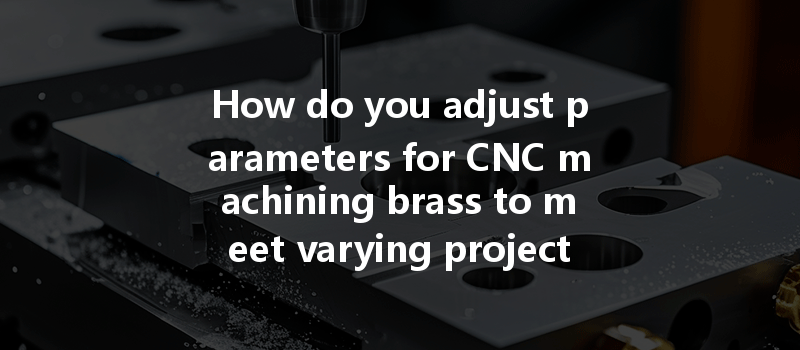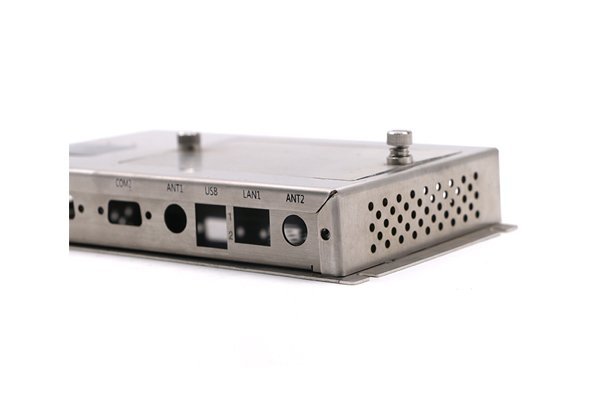Opening: Do You Know the Brass Advantage?
Did you know that brass is one of the most popular materials used in CNC machining, known for its excellent machinability, corrosion resistance, and aesthetic appeal? Products made from brass, ranging from intricate musical instruments to durable plumbing fittings, highlight its versatility. However, machining brass to perfection requires more than just a basic understanding of the material; it involves adjusting various parameters according to the specific requirements of each project. This blog will delve into the intricacies of CNC machining brass and provide you with a comprehensive guide on how to adjust the parameters to achieve optimal results.
Section 1: Understanding Brass and Its Properties
Before we jump into machining parameters, let’s first understand what brass is and its unique properties.
1.1 Composition and Types of Brass
Brass is an alloy made primarily from copper and zinc. The proportions of these two metals can change, resulting in various types of brass with different properties. For example,:
1.2 Key Properties of Brass for CNC Machining
Section 2: Preparing for CNC Machining of Brass
Before you start adjusting CNC machining parameters, you must prepare adequately.
2.1 Material Selection
Choosing the right type of brass for your project is vital. Get samples if possible, or request mill certifications to ensure quality.
2.2 Tooling Selection
Selecting the right tools is crucial for successfully machining brass. The cutting tools should be designed for metalworking, with considerations including:
Section 3: Key Parameters in CNC Machining Brass
Once the preparation phase is complete, you can start adjusting the following crucial CNC parameters:
3.1 Cutting Speed
Cutting speed varies with the type of brass and the desired finish. A higher cutting speed can enhance productivity but may affect the tool’s lifespan. A good starting point for yellow brass is:
Experimenting within this range will help determine the optimal speed for your specific application.
3.2 Feed Rate
The feed rate refers to how quickly the tool moves into the material during machining. A higher feed rate can expedite production but might compromise finish quality. As a guideline:
3.3 Depth of Cut
The depth of cut determines how much material is removed in one pass. For brass, adjustments can be made based on the machine’s capability, but a common starting point is:

3.4 Coolant Use
While brass can be machined dry in some cases, using a coolant can prolong tool life and improve surface finish. A suitable coolant can:
Choose a coolant compatible with your tooling and brass alloy.
Section 4: Adjusting Parameters Based on Project Requirements
Every machining job has unique requirements. Here’s how to adjust the parameters accordingly:
4.1 Precision and Tolerances
High-tolerance components (e.g., for automotive parts) require more stringent control over speeds and feeds. Adjust both cutting speed and feed rates downward while keeping depth of cut minimal to maintain precision.
4.2 Surface Finish
If a superior surface finish is required, consider the following adjustments:
Section 5: Testing and Profiling
Testing your parameters is crucial; this is where trial and error play a significant role.
5.1 Prototype Parts
Create initial prototypes using adjusted settings. Evaluate them for:
5.2 Process Profiling
Once satisfied, establish a profile for the specific brass type and product depicting the optimal settings. Document this thoroughly to expedite future jobs.
Section 6: Maintaining Machining Conditions
To achieve consistent results, regular machine maintenance is vital.
6.1 Calibration
Regularly calibrate your CNC machine. Ensure that the spindle speed, feed rates, and depth of cuts correspond with the set parameters.
6.2 Tooling Maintenance
Inspect and maintain tooling to avoid defects due to wear. Regular tool changes may also enhance production quality.
: Mastering CNC Machining of Brass
In the fast-paced world of CNC machining, understanding how to adjust parameters according to the unique requirements of brass is crucial for achieving high precision and cost-effective results. From selecting the right type of brass and tooling to fine-tuning cutting speeds, feed rates, and depths of cut, each component plays an integral role in achieving the desired output.
Ultimately, mastering these processes not only enhances the quality of your project but also positions your operations for greater efficiency in an increasingly competitive marketplace. As manufacturers continue to push the boundaries of what’s possible with CNC machining, understanding these parameters becomes a potent tool in your arsenal.
So, whether you’re creating intricate components for aerospace or automotive applications, the tools you wield in CNC machining will shape the future of your projects. Taking the time to learn, experiment, and refine your strategies with brass is not just beneficial—it’s essential!






